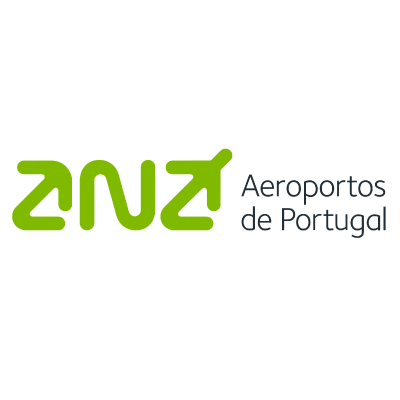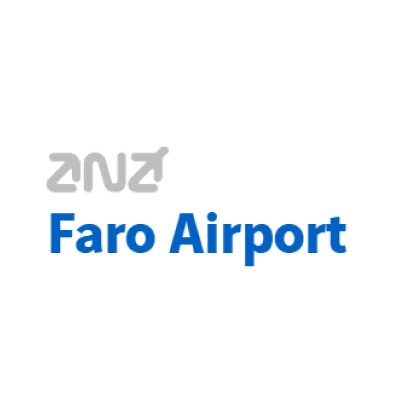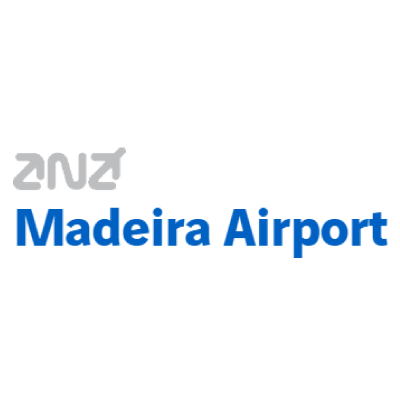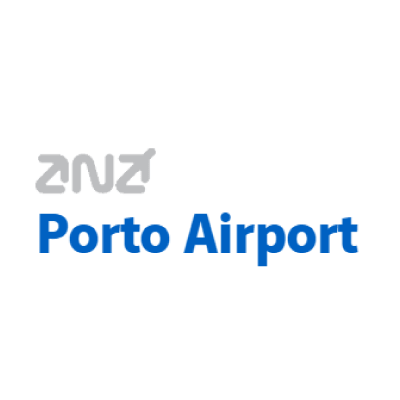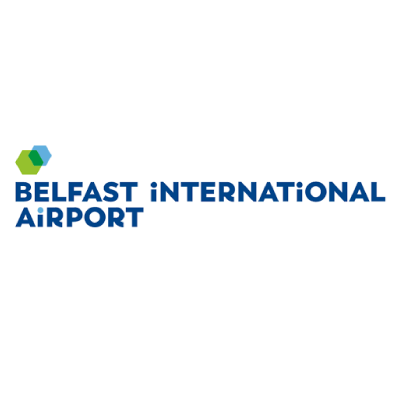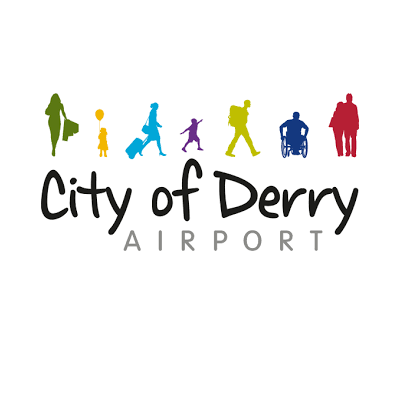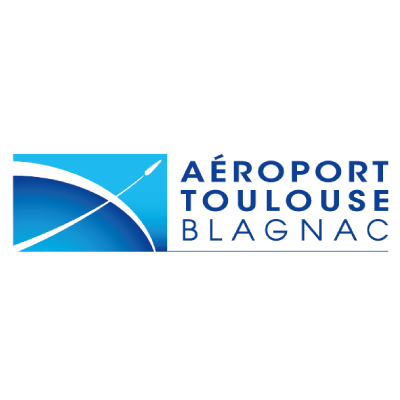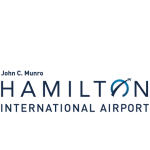Southend Airport: Partnering with Tourist Organisations to Add Customer-Driven Value to Destination Marketing
The experience economy has surged to the forefront across industries. A staggering 2.5 quintillion gigabytes of data are created every day, and this has reshaped the marketplace.
The ‘always on’ digital universe makes for unremittingly high consumer expectations when it comes to personalisation and customer experience. Marketers compete against each other and against a fatigue with advertising, and increasingly consumers are attracted to experience as a product in place of ‘stuff’.
For airports wanting to channel data to drive sales, it’s important to embrace the consumer desire for experience, both in terms of providing excellent levels of service and in helping website visitors to find holidays and activities that they want to experience.
Jodie Ashworth, Marketing Coordinator at London Southend Airport (SEN), talks about how Southend developed its marketing strategy to support customer needs.
Optimising the airport website according to use
Southend Airport recently completed a full website audit. This revealed that the destinations section was the highest scoring page across the website, receiving on average 10k clicks every month. It was decided that this section of the website should be developed.
The airport’s social team was keen to add interest and value to destinations promotions, and this will be done with the addition of informative content and exciting imagery on each destination landing page.
New content includes location-specific experiences such as top things to do, top tips whilst you’re there and places to visit. The airport briefed its website team and asked them to create a focus for each destination.
SEN also found that customers and prospective holidaymakers frequently asked about the length of flights. It was decided to add flight duration to each destination as a graphic.
Jodie explains the intent behind the developments:
“The aim is to complete all of the destination pages… and then begin to add additional events and information to ensure they stay current. For instance, if we know Cornwall have a music festival on in December then the dates and information of the event are added. This strategy was inspired by micro surveys of passengers in our departures lounge on our passengers that revealed a lot of people travel through SEN for music events, sporting events or festivals.”
Forming partnerships
The airport reconfirmed this strategy when it launched three new Scottish routes with Logan Air. The airline’s marketing team put the airport in touch with their national tourist organisation – Visit Scotland and more of their partners, such as Glasgow Life and Visit Aberdeen.
These partners provided Southend with exciting content to include on the airport website and across its social channels. In exchange, the airport provided links through to the tourism websites and shares and retweets social media content.
This allows Southend to offer destination content that adds real value to customers looking to book through the airport website. The content drives traffic too. The tourism websites provide quality, informative blogs and articles on people’s experiences of the airport’s destinations, which the airport has received strong engagement through sharing.
Moving forward, Southend will incorporate this concept into its newsletters so that its social channels and newsletters are aligned when promoting certain destinations. This is important for brand consistency across channels.
A user-friendly interface
Southend found that the destinations section of its website was receiving the most traffic.
This is not entirely by chance. The website and its landing pages are cleverly designed to lead customers through the booking funnel.
• The airport works with Rezcomm to ensure that its booking widgets are displayed prominently.
• The website also features really strong CTAs such as ‘book flights’ and ‘plan your holiday’ at the top of the page. This means that when a user visits the site on a mobile device, the booking CTA is the first thing they will see.
• Use of landing pages is really strong. The landing page for ‘Fly London Southend Direct to Scotland’ features all of the airport’s different offers in a really nice succinct format.
• All of the destinations are listed on the destinations landing page, using strong, attractive imagery. This page is headed with a prominent CTA to ‘book flights’. At this point, the customer is ready to look at destinations, the desire to go on holiday is strong, but they aren’t yet sure where they want to go. This page fulfils a real need for the customer at the research stage of their booking.
• From the main destinations page, the customer can click through from each destination to a destination-specific landing page. Again, the ‘book now’ button is right at the top, letting the customer know what the intended action should be.
• Following the development of these landing pages, each contains plenty information that will be useful in helping the customer to make a decision.
• There is another CTA ‘book now’ button further down the page after the user has been able to read about the destination.
Creating visibility
In terms of user friendliness Southend’s destination pages absolutely fulfil a need within a vital stage of the customer journey, and they do so really neatly and succinctly.
The airport encourages visibility by tying these destination landing pages into all of their marketing campaigns across email, social media, and as the focus for giveaways and competitions. This is successfully driving a lot of traffic to the airport website and then out into the OTA where they can serve their customer through Rezcomm’s Travel service.
Developing inbound marketing
While it makes sense to partner with tourist organisations at airport destinations, it is also valuable to consider Southend as a destination rather than simply the starting point. Another strategy that Southend has recently employed with real success is to partner with visitsouthend.co.uk in order to maximise inbound bookings using inbound marketing.
Visit Southend, is a third party that has all of the information the airport needs in order to add value to its inbound marketing, and it provides extra information about things to do and experiences to enjoy in Southend. This means that the airport audience and customer base expands from its own online community to include all of Visit Southend’s audience too. As a result of this partnership, the airport profits from increased bookings. This is a really simple way to capitalise on relationships with local tourism agencies and other third parties in order to increase inbound marketing and traffic to the airport website and onward traffic into the travel booking portal.
Southend is using this idea for three purposes:
• To send traffic into the OTA
• To increase awareness of routes
• To help support the airline relationships
Flying high
In 2018 1.4 million passengers used Southend Airport. This is its highest annual total to date and represents an increase of nearly 400,000 passengers over the previous year’s quota. The airport hopes to increase passenger numbers to two million per year by 2020.
Sarah Marks, Head of Marketing and Communications concludes:
“Southend does destination marketing really well. As a smaller regional airport, they are really pushing the boat out in terms of communications and marketing best practice.”
Rezcomm create marketplace solutions for airports – to help passengers to buy the travel products they need, and to help airports to meet and understand their passengers, gain passenger loyalty and sell more products. The team supports airports worldwide with best practice and industry knowledge, including London Southend Airport. Hear more about airport travel marketing in our free ‘Travel Marketing for Airports‘ Webinar.
